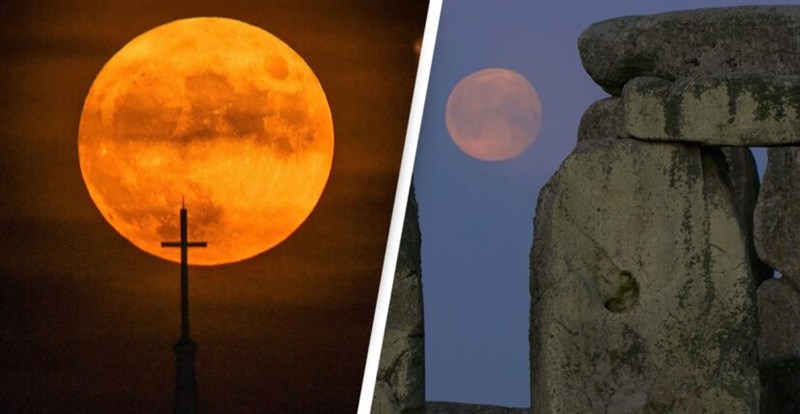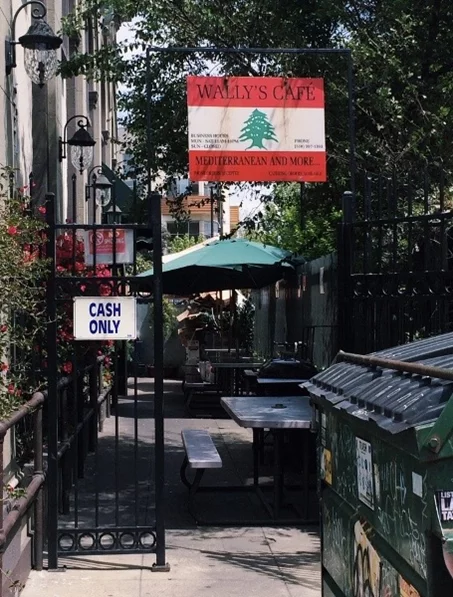Thursday, October 1, marks the big day for the Harvest Moon, which comes just nine days after the Autumn Equinox.
Each month sees two full moons, so this will be the first of October’s – the second, a Hunter’s Moon, will be on Halloween, October 31.
According to the Express, the peak time for viewing the spectacular sight will be 10:05pm in the UK while it will be officially ‘full’ at 5:05 p.m EDT across the pond in the US, reported Forbes.
Forbes has said it will look ‘incredible’ and has promised there will be clear skies.
While there are many full moons over the duration of the year, apparently the Harvest Moon is one like no other.
The Old Farmer’s Almanac writes:
There are just little over 12 complete Moon cycles every year, on average – there being about 29.53 days in a synodic month. The Harvest Moon isn’t like the other Moons.
Usually, throughout the year, the Moon rises an average of about 50 minutes later each day. But near the autumnal equinox, the difference is only 30 minutes.
Additionally, the Full Harvest Moon rises at sunset and then will rise very near sunset for several nights in a row because the difference is at a yearly minimum. It may almost seem as if there are full Moons multiple nights in a row.
Friday, October 2, is the day people will be able to see Mars. During the last couple of hours of sunset, the planet will be able to be spotted near by the almost-full moon. Forbes have said the two planets will be ‘exceptionally close’ to one another.
If these two events don’t satisfy your astronomy needs, next week the Draconid meteor shower will be at its peak.
October 8 and 9 will be the days for optimal meteor shower viewing,
It’ll be one of the few meteor showers you’ll be able to see at a reasonable hour, rather than in the middle of night.

























